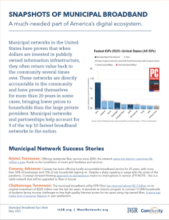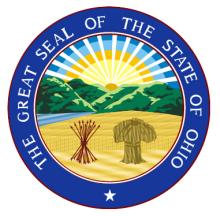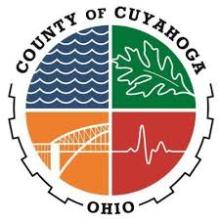“Pushed Through in the Dark of Night:” Ohio Senate Aims to Ban Municipal Broadband - Episode 463 of the Community Broadband Bits Podcast

This week on the podcast Christopher is joined by Douglas Adams, the CMO of Think Marketing (the firm which handles the marketing operations for the municipal network FairlawnGig in Ohio), Ernie Staten, Director of Public Service for the city of Fairlawn, and Angela Siefer, Executive Director of the National Digital Inclusion Alliance.
The topic of the day is the amendment attached to the upcoming budget for the state of Ohio which, if included in the final version, would make Ohio the first state in a decade to erect barriers to the establishment, expansion, and continuing operation of publicly owned and operation broadband networks.
Douglas, Ernie, and Angela talk about the wide-ranging consequences of this amendment, which was pushed through without any meaningful public debate, and how it would ban the continued operation of existing municipal networks like those run by the cities of Fairlawn, Dublin, Springboro, Wadsworth, and Hudson. At the same time, it would preclude the establishment of new networks, as well as stymie efforts by counties and other public entities to use existing and build new Internet infrastructure to save local governments money or deploy low-cost options to families stuck on the wrong side of the digital divide.
See our previous coverage here and here. Click here to read a new fact sheet on the benefits that municipal broadband has brought to the state of Ohio, and the widespread impact if the amendment is adopted as-is.
Read our earlier coverage of the amendement here.
Read our new fact sheet [pdf] on all the ways Ohio's community networks have brought value to the state.
This show is 30 minutes long and can be played on this page or via Apple Podcasts or the tool of your choice using this feed.
Transcript below.
We want your feedback and suggestions for the show-please e-mail us or leave a comment below.
Listen to other episodes here or view all episodes in our index. See other podcasts from the Institute for Local Self-Reliance here.
Thanks to Arne Huseby for the music. The song is Warm Duck Shuffle and is licensed under a Creative Commons Attribution (3.0) license.









